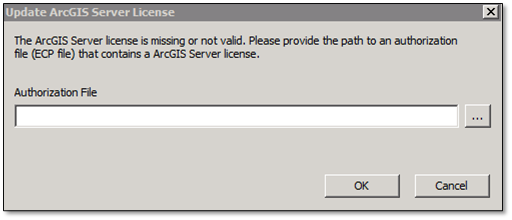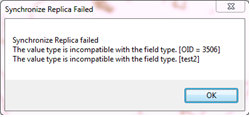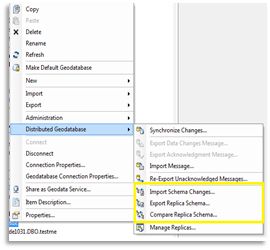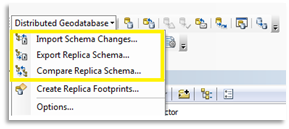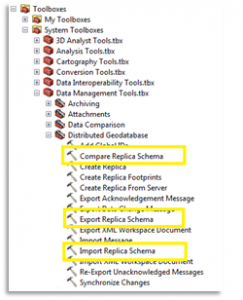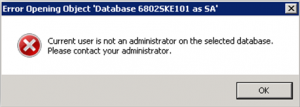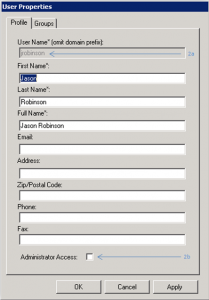Turn on suggestions
Auto-suggest helps you quickly narrow down your search results by suggesting possible matches as you type.
Cancel
Esri Technical Support Blog
Turn on suggestions
Auto-suggest helps you quickly narrow down your search results by suggesting possible matches as you type.
- Home
- :
- All Communities
- :
- Services
- :
- Esri Technical Support
- :
- Esri Technical Support Blog
Options
- Mark all as New
- Mark all as Read
- Float this item to the top
- Subscribe to This Board
- Bookmark
- Subscribe to RSS Feed
Subscribe to This Board
Other Boards in This Place
34
41.2K
4
Esri Technical Support Blog
39
1M
383
Showing articles with label ArcSDE.
Show all articles
Latest Activity
(383 Posts)
New Contributor III
12-05-2017
01:16 PM
3
3
1,397
New Contributor III
03-08-2016
08:39 AM
1
0
2,912
New Contributor III
11-12-2015
01:05 AM
0
0
527
New Contributor III
02-11-2015
04:05 AM
1
1
10.1K
Esri Contributor
10-23-2014
08:03 AM
0
0
2,741
by
Anonymous User
Not applicable
11-18-2013
01:30 AM
0
0
2,588
Occasional Contributor III
10-04-2013
02:30 AM
1
0
4,525
39 Subscribers
Labels
-
Announcements
70 -
ArcGIS Desktop
87 -
ArcGIS Enterprise
43 -
ArcGIS Mobile
7 -
ArcGIS Online
22 -
ArcGIS Pro
14 -
ArcPad
4 -
ArcSDE
16 -
CityEngine
9 -
Geodatabase
25 -
High Priority
9 -
Location Analytics
4 -
People
3 -
Raster
17 -
SDK
29 -
Support
3 -
Support.Esri.com
60
- « Previous
- Next »
Popular Articles
Understanding Software Issues: Hangry software
TinaMorgan1
Occasional Contributor II
24 Kudos
9 Comments
Monitoring web service requests using Fiddler
AlanRex1
Esri Contributor
23 Kudos
11 Comments
Thank You for Contacting Esri Support, How Can We Help You?
TinaMorgan1
Occasional Contributor II
22 Kudos
10 Comments
